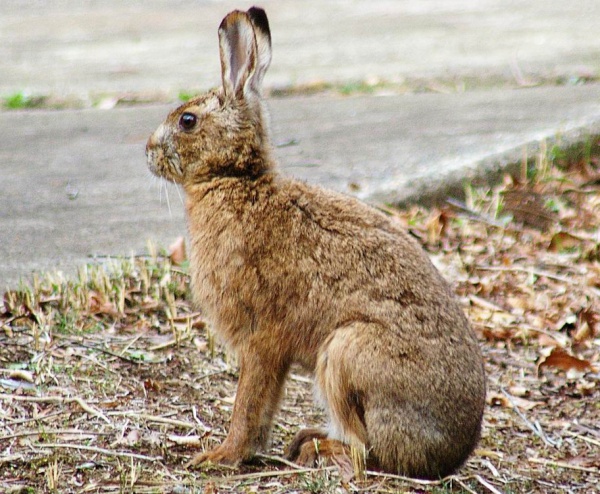Facts About Japanese hare
The Japanese hare, scientifically known as *Lepus brachyurus*, is a captivating species native to Japan. First described by Coenraad Jacob Temminck in 1845, this hare encompasses four subspecies. With its reddish-brown fur, the Japanese hare exhibits specific measurements for body length, weight, tail length, and leg dimensions. Notably, in regions with heavy snowfall, their fur changes color seasonally to blend with the snowy environment.
These hares inhabit the mountainous and hilly areas of Honshu, Shikoku, and Kyushu in Japan. They are also found in forests and brushy areas and have adapted to urban environments due to human encroachment. Japanese hares breed year-round, with females likely reaching maturity within a year. They typically give birth to litters of 2-4 offspring.
Japanese hares are crepuscular, meaning they are most active during the evenings and early mornings. They are generally solitary creatures, except during the mating season. Their diet comprises various vegetation, including grasses, shrubs, and even tree bark, which can sometimes cause damage in forests.
Despite having stable populations, Japanese hares face threats from urbanization, hunting, trapping, and invasive species. In some regions, they are considered a nuisance and are hunted for various reasons.
The Japanese hare also holds cultural significance in Japan. It features prominently in Japanese mythology, particularly in legends involving the Shinto god Ōkuninushi.
